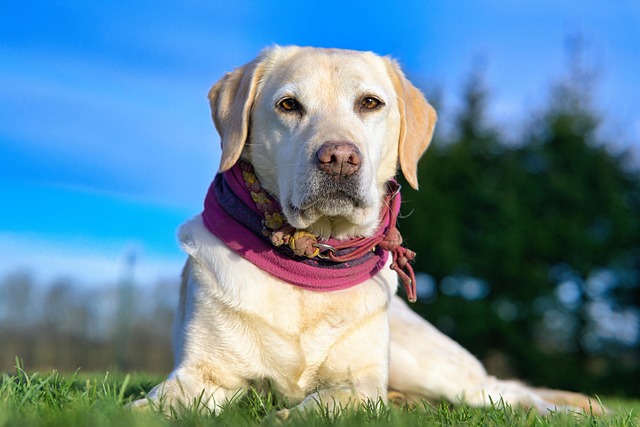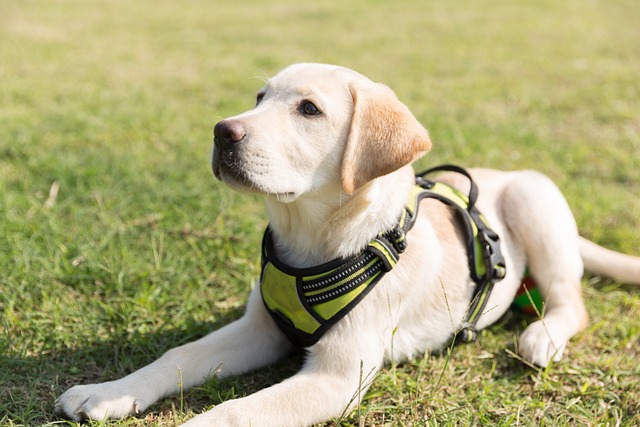
How do i train my dog to be obedient?
Watching your dog dart across the park ignoring your calls isn’t just frustrating—it can put them at risk near busy streets or public spaces.
Separation anxiety in dogs is more than just a minor nuisance—it's a genuine distress signal that can manifest through destructive behavior, excessive barking, or even self-harm. If your dog panics the moment you grab your keys, you're not alone. Many pet owners mistake this for disobedience, but it's actually a cry for reassurance. The good news? Positive reinforcement for separation anxiety in dogs can make a world of difference when applied thoughtfully.
Traditional training methods often suggest prolonged desensitization exercises, like leaving your dog alone for hours while gradually increasing the time. But let's be honest—most American pet owners don’t have the luxury of dedicating weeks to slow conditioning. Between work, errands, and family commitments, we need solutions that fit into real life. That’s where subtle positive reinforcement techniques for dogs come in. Instead of overwhelming your pet with long absences right away, small, intentional moments of reward can build confidence over time.
The science behind positive reinforcement is simple but powerful. Dogs, much like humans, respond best to encouragement rather than punishment. When they associate your departure with something pleasant—like a favorite treat or a puzzle toy—they start to see alone time as less threatening. The key is timing. Rewarding calm behavior before anxiety kicks in reinforces the idea that being alone isn’t something to fear. Think of it as managing dog separation anxiety with brief training sessions rather than marathon conditioning.
So, how do you put this into practice? Start with micro-absences. Step out the door for just a few seconds, then return before your dog gets anxious. If they remain calm, offer a high-value treat or verbal praise. Gradually increase the duration, always ensuring you return while they’re still relaxed. Another trick? Use a specific cue, like a word or action, that signals you’ll be back soon. Over time, this helps in the gradual alleviation of dog separation anxiety by reinforcing predictability.
Tracking progress is crucial. Keep a log of how long your dog stays calm before showing signs of stress. If they regress, shorten the absence and rebuild confidence. Every dog is different, so flexibility is key. Some may respond well to food rewards, while others prefer a favorite toy or even background noise like calming music. The goal is to tailor positive reinforcement during brief absences to what works best for your pet.
Beyond training, small environmental tweaks can help. Leaving an item with your scent, like a worn shirt, can provide comfort. Interactive toys or treat-dispensing puzzles keep their minds occupied. And if you're struggling, don’t hesitate to consult a professional trainer or veterinarian—sometimes, a fresh perspective makes all the difference. With patience and consistency, even the most anxious dogs can learn to feel secure when left alone.

Watching your dog dart across the park ignoring your calls isn’t just frustrating—it can put them at risk near busy streets or public spaces.

New puppy owners often find themselves rushing to clean up accidents before they set in, and that’s where puppy pad training becomes a game-changer.

If you've noticed your dog's waistline disappearing and your veterinarian has mentioned those few extra pounds, your first instinct might be to simply reduce the amount of food in their bowl.

Training a dog to use a designated spot indoors isn’t as daunting as many new owners fear, but it does take consistency and an understanding of your pet’s needs.

That moment of dread on a walk is all too familiar for many new dog owners. You see another dog approaching down the sidewalk of your neighborhood

If the sight of another dog on your neighborhood walk makes your heart sink as your own dog erupts into a frenzy of barking and lunging, you're not alone.